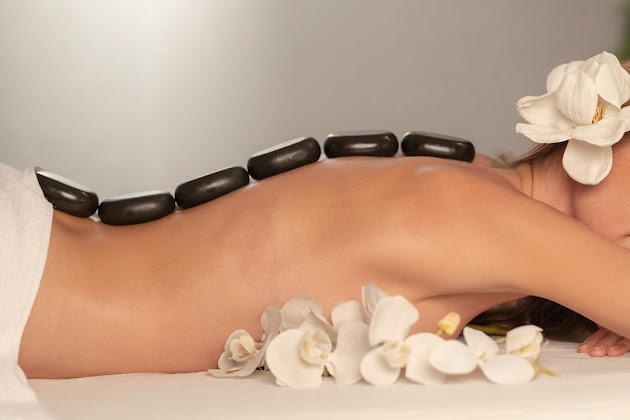Deep Tissue Massage: Benefits, Techniques, and What to Expect
What Is Deep Tissue Massage?
Deep tissue massage uses slow, deep strokes to break down adhesions in the muscles and fascia, which can form due to injury, overuse, or prolonged poor posture. The pressure applied during a session is typically more intense than other forms of massage, and it’s designed to target the deeper layers of muscle and the surrounding connective tissue.
Techniques Used in Deep Tissue Massage
Stripping: This involves using deep, gliding pressure along the length of the muscle fibers to release tension. Therapists often use their fingers, knuckles, forearms, or elbows to apply the pressure needed to reach deep layers.
Friction: A more localized technique, friction involves applying pressure to specific points in the muscle tissue to break down adhesions. It is particularly useful for areas with scar tissue or chronic tension.
Benefits of Deep Tissue Massage
Relief from Chronic Pain: Deep tissue massage can help alleviate pain caused by tight muscles, particularly in areas such as the lower back, neck, and shoulders. Studies have shown that it can be more effective than other types of massage or even certain medications for treating chronic pain.
Improved Mobility and Flexibility: By releasing tight muscles and improving blood circulation, deep tissue massage helps increase flexibility and range of motion. It is especially beneficial for athletes and people who engage in repetitive physical activities.
Reduced Muscle Tension and Spasms: Chronic muscle tension and spasms are often caused by injury or overuse. Deep tissue massage helps to break down knots and trigger points, which can lead to long-lasting relief from muscle tightness.
Better Posture: Poor posture is often the result of tight, shortened muscles pulling the body out of alignment. Deep tissue massage helps lengthen and relax these muscles, improving posture and reducing the risk of future tension.
Stress Relief and Relaxation: While deep tissue massage's primary focus is therapeutic, it can also help reduce stress and promote relaxation by releasing endorphins and lowering cortisol levels in the body.
Aftercare and Recovery
After a deep tissue massage, it’s common to feel sore for a day or two, similar to the feeling after an intense workout. Drinking plenty of water can help flush out the toxins released from the muscles and aid in recovery. Stretching and applying heat to the treated areas can also help alleviate any post-massage soreness.
Conclusion
Deep tissue massage is an effective treatment that offers numerous physical and mental health benefits. Whether you're dealing with chronic pain, recovering from an injury, or simply looking to release tension in your muscles, this type of massage can provide lasting relief. If you're ready to experience the benefits for yourself, consider booking a session with a trained professional who specializes in deep tissue techniques.




Comments
Post a Comment